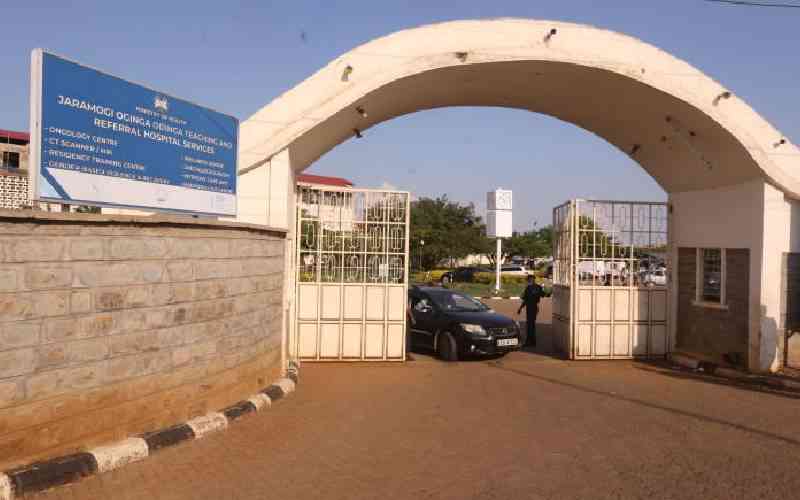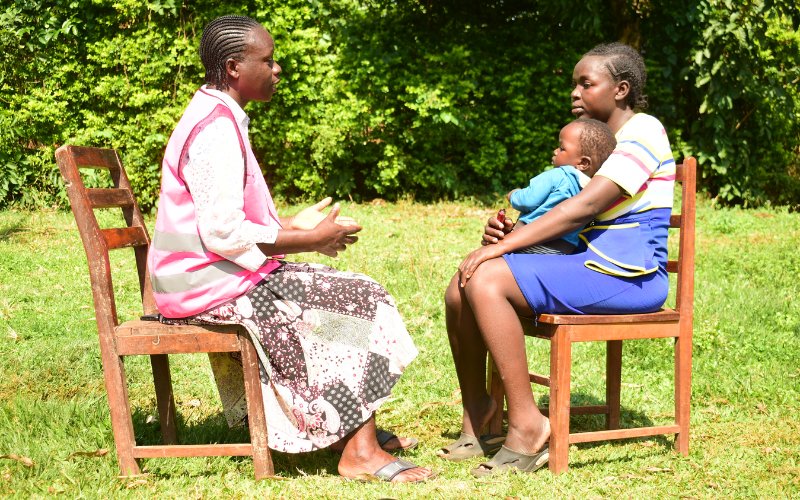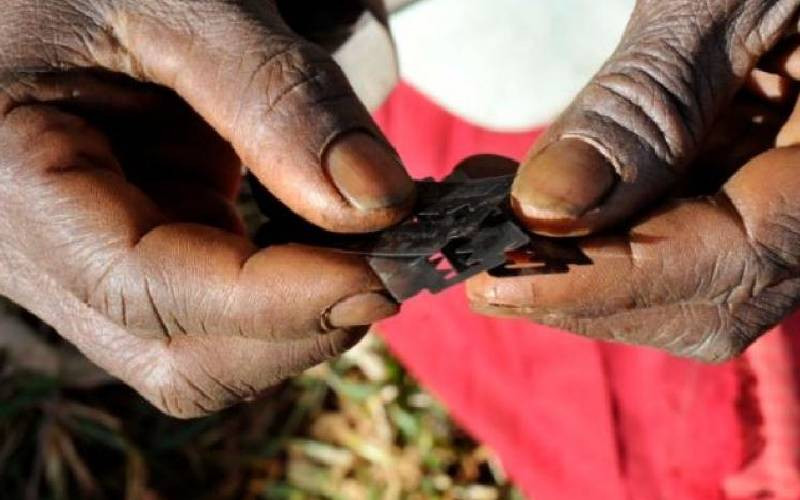
Fibroids are non-cancerous growths in the uterus that can cause pain heavy bleeding and discomfort in women. It is no surprise, therefore, that a woman might choose to have them removed.
Previously, a woman’s treatment options in Kenya were: drugs to ease the pain or to reduce heavy bleeding; open surgery to remove the fibroids (myomectomy) or the entire womb (hysterectomy); laparoscopic surgery to excise the growths; or Uterine artery embolization (UAE) – a minimally invasive surgery to cut off blood supply to the fibroids.
All of these options – except the drugs – carry the risk of making the uterus unable to carry a pregnancy, says Dr Kireki Omanwa, president of the Kenya Obstetrical and Gynaecological Society (KOGS). “ However, drugs do not treat the fibroid itself, but only manage the symptoms.”
 The Standard Group Plc is a multi-media organization with investments in media
platforms spanning newspaper print
operations, television, radio broadcasting, digital and online services. The
Standard Group is recognized as a
leading multi-media house in Kenya with a key influence in matters of national
and international interest.
The Standard Group Plc is a multi-media organization with investments in media
platforms spanning newspaper print
operations, television, radio broadcasting, digital and online services. The
Standard Group is recognized as a
leading multi-media house in Kenya with a key influence in matters of national
and international interest.











